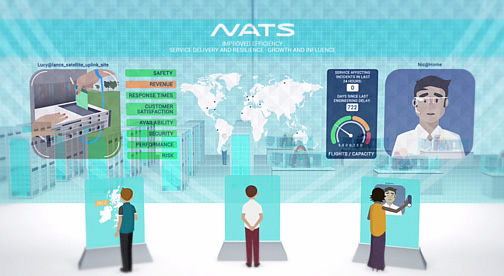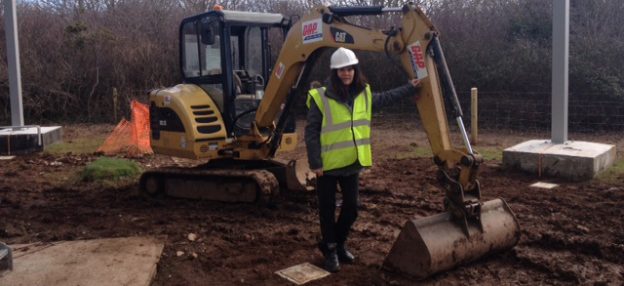Meet the NATS pirate hunters
27 May 2015You might not think pirates are much of a problem for the world of aviation with it being a mainly maritime pursuit, so it may surprise you to know that at NATS we have a specialist undercover team whose job it is to track them down.
Of course these are pirates of the airwaves not the ocean waves, and its interference from their illegal transmissions that’s our cause for concern.
Often pirate radio equipment is so poor that the transmissions can spill over multiple frequencies – sometimes ones we’re trying to use for air traffic control. The interference this creates can be in the form of an annoying buzzing or in some cases even voices or music – not ideal when you’re trying to listen to instructions at 35,000 feet!
Thankfully we have alternative frequencies that we can use to ensure this never becomes a safety problem, but it does add to the workload of the controller and pilot and in the worst cases could even cause delays by requiring to us to impose airspace capacity restrictions.
The NATS engineering team based at Swanwick take every report of interference by a controller or pilot very seriously and will investigate each as thoroughly as possible. That starts by listening to recordings, and gathering data on where the interference is heard and at what times of the day.
Some of my most experienced engineers have such a good sense of hearing they can even identify the likely source of the interference simply by the sound it makes!
Then begins the process of tracking down the source of the transmission.

This is something we do in close partnership with Ofcom, but we will often conduct our own investigation to help narrow things down. We do this either from the ground using our specially equipped van (we often get mistaken for TV Licensing!) or from the air using a Piper Chieftain aircraft. It’s a simple case of measuring the strength and bearing of the transmission from multiple points until you can triangulate its location. We then hand the information over to Ofcom to ensure the transmission gets stopped.
While pirate radio is the most common form of interference it’s not the only one. In the past we’ve tracked down interference that’s turned out to be coming from baby monitors, a farmer using a web cam to watch his herd of cows, TV amplifiers, industrial microwaves or even Chinese imported high powered cordless telephones.
In most cases the problem can be solved with some adjustments to the equipment and most of the time the people using it are entirely unaware of the frustration they’ve been causing far above their heads.
[Header image by pamhule via Flickr]
Comments
Please respect our commenting policy and guidelines when posting on this website.





